5005 S. Cooper St.
Suite 250
Arlington, TX 76017
Is BPH the Bane of Your Day?
Age brings wisdom, but it also brings physical changes that can be a nuisance. For many men, an enlarged prostate turns a common body function into a problem that interferes with almost every aspect of daily life. An urgent need to go, urinating more often, a weak stream, trouble starting and stopping—these are some of the most common symptoms of benign prostatic hyperplasia (BPH). When seeking relief, trust only the best prostate doctors for expert care and guidance.

Bigger Isn’t Always Better
As men age, their prostate grows. In some men, the prostate can grow up to five times its normal size. In others, it doesn’t grow very much at all. While BPH is commonly thought of as an “old man” problem, about 20 percent of men in their 40s and 60 percent of men in their 60s show evidence of BPH. For men in their 70s and 80s, the stats shoot up to 90 percent.
What Causes BPH?
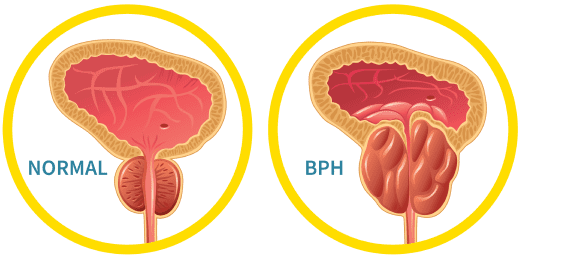
Health Navigator
- Harrison “Mitch” Abrahams, MD
- Jeffrey Charles Applewhite, MD
- Jerry Barker, MD, DABR, FACR
- Paul Benson, MD
- Richard Bevan-Thomas, MD
- Keith D. Bloom, MD
- Tracy Cannon-Smith, MD, FMS
- Paul Chan, MD
- Kara Choate, MD
- Lira Chowdhury, DO, FACOS
- Weber Chuang, MD
- Adam Cole, MD, FS
- M. Patrick Collini, MD
- Zachary Compton, MD
- Adam Hollander, MD
- Patrick A. Huddleston, MD
- Justin Tabor Lee, MD
- Wendy Leng, MD, FPMRS
- Alexander Mackay, MD
- Tony Mammen, MD
- F.H. “Trey” Moore, MD
- Geofrey Nuss, MD
- Christoper Pace, MD
- Jason Poteet, MD
- Andrew Y. Sun, MD
- Scott Thurman, MD
- James Clifton Vestal, MD, FACS
- Keith Waguespack, MD
- Diane C. West, MD
- Keith Xavier, MD, FPMRS
Related News & Information
Ready to Wave Goodbye to Erectile Dysfunction?
Erectile dysfunction complicates the sex lives of many men—millions, in fact. Yes, ED is frustrating and embarrassing. It can even be depressing. But there’s one thing it’s not—inevitable.
Several Factors Guide Treatment
From prescription medications that treat mild-to-moderate symptoms to minimally invasive procedures and surgical treatments, Urology Partners offers a variety of treatment options for BPH.

Medications
There are a variety of prescription medications designed to treat mild to moderate symptoms of BPH:
Alpha blockers relax muscles in the prostate so urinating is easier. If the prostate is not very large, alpha blockers work within a few weeks. Alpha blockers can help up to two-thirds of men, although some men are not responsive to these medications and there is the risk of light-headedness associated with most of these medications. If alpha blockers are helpful, they will be a life-long medication that must be taken regularly to prevent the return of urinary symptoms.
5-alpha reductase inhibitors shrink the prostate, but can take up to six months or longer to see a response. This medication is only helpful for larger prostates and can cause sexual side effects such as decreased ejaculate volume and erectile dysfunction in some men. These are life-long medications that should help patients as long as they continue taking the medication.
Combination drug therapy uses both alpha blockers and 5-alpha reductase inhibitors together to simultaneously treat the symptoms and cause of BPH. The idea is to relax and shrink the prostate at the same time. This is primarily used for men with larger prostates.
Tadalafil (Cialis) can help alleviate symptoms of BPH and erectile dysfunction when given in a daily dose.
UroLift®
UroLift is a minimally invasive procedure that doesn’t require any cutting, heating or vaporizing of prostate tissue. Routinely performed in an office setting under local anesthesia, an endoscope is used to access the prostate so a permanent implant can be placed. The implant holds enlarged tissue out of the way so it doesn’t block the urethra. Because prostate tissue isn’t damaged, recovery time is much faster, and men don’t experience the sexual side effects that can follow a transurethral resection of the prostate (TURP) such as low-volume ejaculation or no ejaculation. Men routinely begin seeing improvement within four to six weeks after the UroLift procedure.
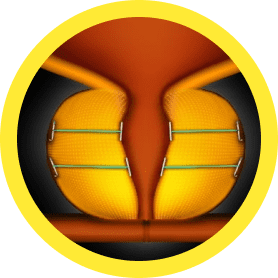
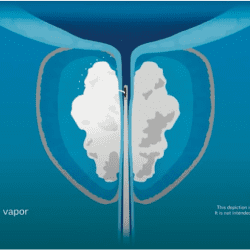
Rezūm Therapy
iTIND Procedure
During this minimally invasive procedure, a temporary implantable nitinol device (iTIND) is inserted into the urethra of men suffering from BPH. The device is made of nitinol, a nickel titanium alloy often used in medical applications. The nitinol device expands and exerts pressure on the tissue that is obstructing the flow of urine. This pressure creates a channel that allows urine to flow and alleviates BPH symptoms. The device is removed in the care provider’s office five days after the channel is fully opened. iTIND is a good option for patients with a high bladder neck discovered via cystoscopy and prostate ultrasound, as well as for select other patients with the appropriate prostate anatomy. Most men see improvement in their symptoms within four to six weeks after their iTIND procedure.
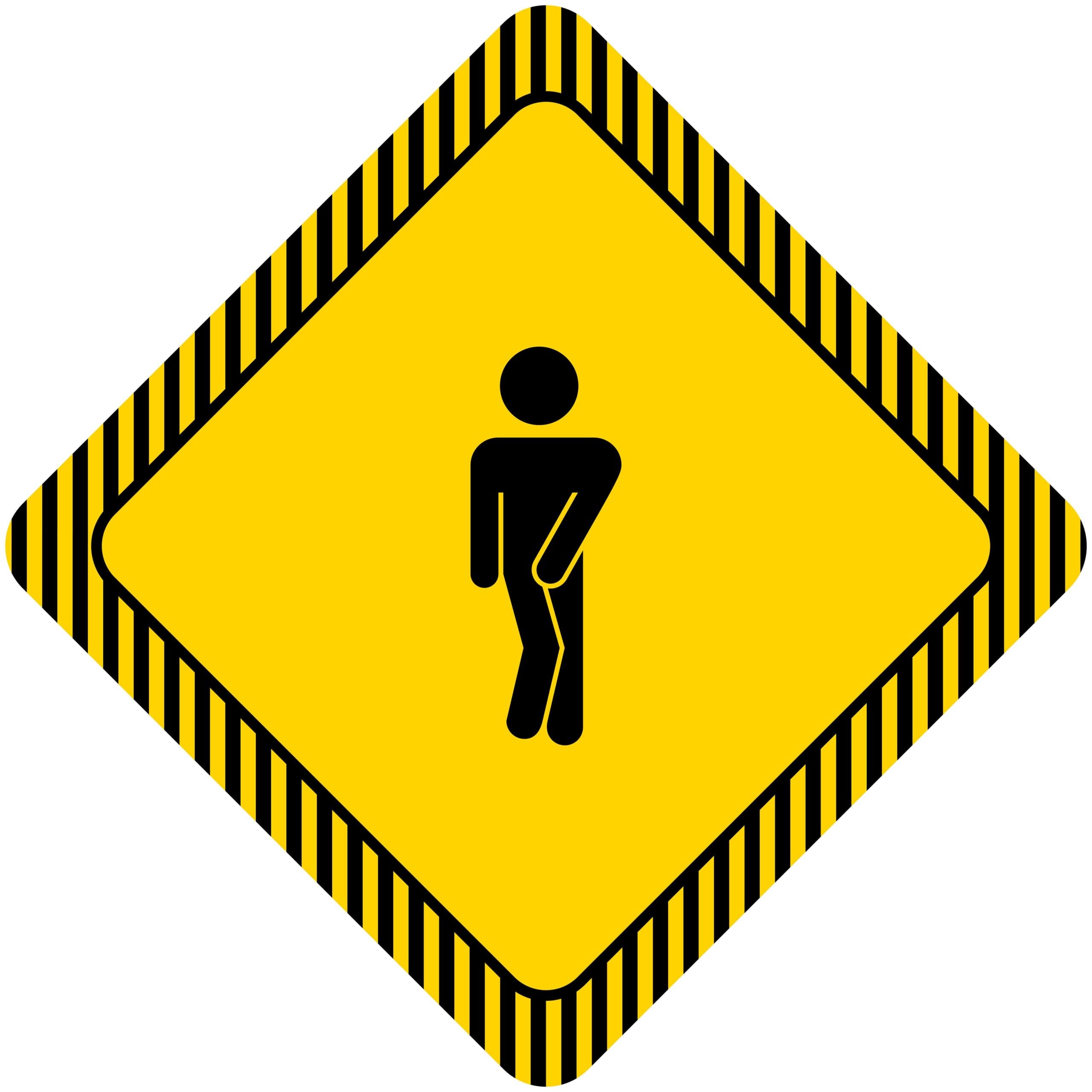
Laser TURP
Laser transurethral resection of the prostate (TURP)—also known as laser vaporization—removes excess tissue from inside the prostate to create an open channel that allows urine to flow from the bladder to the urethra. An endoscope equipped with a laser is inserted through the tip of the penis and into the urethra.
The laser vaporizes the inside of the prostate and removes any obstruction that prevents urine flow from the bladder to the urethra. The outside of the prostate remains intact. With laser TURP, there is routinely less bleeding and faster recovery than a traditional TURP. Men can usually go home the same day, and typically only have to wear a urinary catheter overnight or for a few days.
Although there are several lasers designed for destroying prostate tissue, Urology Partners currently offers the GreenLight laser and Thulium laser. While both offer excellent destruction of prostate tissue, the choice of laser used is at the surgeon’s discretion. It should be noted that laser vaporization does result in decreased ejaculation fluid (a side effect that is also associated with a traditional TURP).
Men with larger prostates who may not be good candidates for minimally invasive treatment options such as UroLift or Rezῡm, may be better candidates for laser TURP or traditional TURP. Most men who undergo laser TURP see immediate improvement in their symptoms once their catheter is removed.
HOLEP
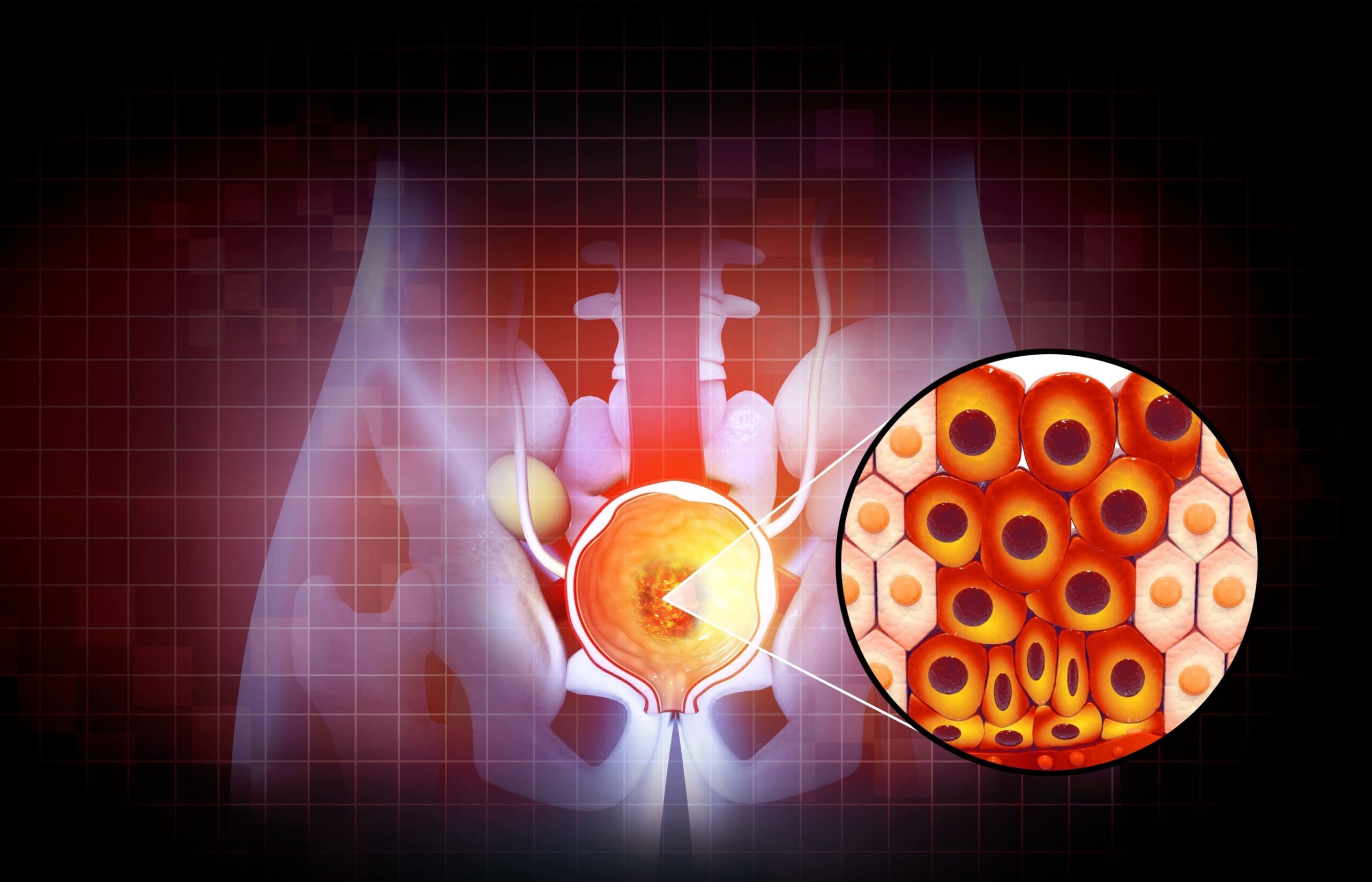

Traditional TURP
RASP
The robotic assisted simple prostatectomy (RASP) is an advanced treatment option primarily reserved for patients with significantly enlarged prostates—generally greater than 100 grams. During this precise surgical procedure, tissue is removed from inside the prostate gland to clear the obstruction blocking the flow of urine. The outer capsule of the prostate is left intact. Through a series of small incisions, robotic instruments are introduced into the bladder to access the prostate.
By removing the inner part of the prostate that is blocking the urinary channel, patients see improvement very quickly. In contrast to the RASP, a robotic assisted radical prostatectomy (RALP) involves the complete removal of the entire prostate gland, along with some surrounding tissues. RALP is primarily used to treat prostate cancer. Most men who undergo RASP see immediate improvement in their symptoms once their catheter is removed.
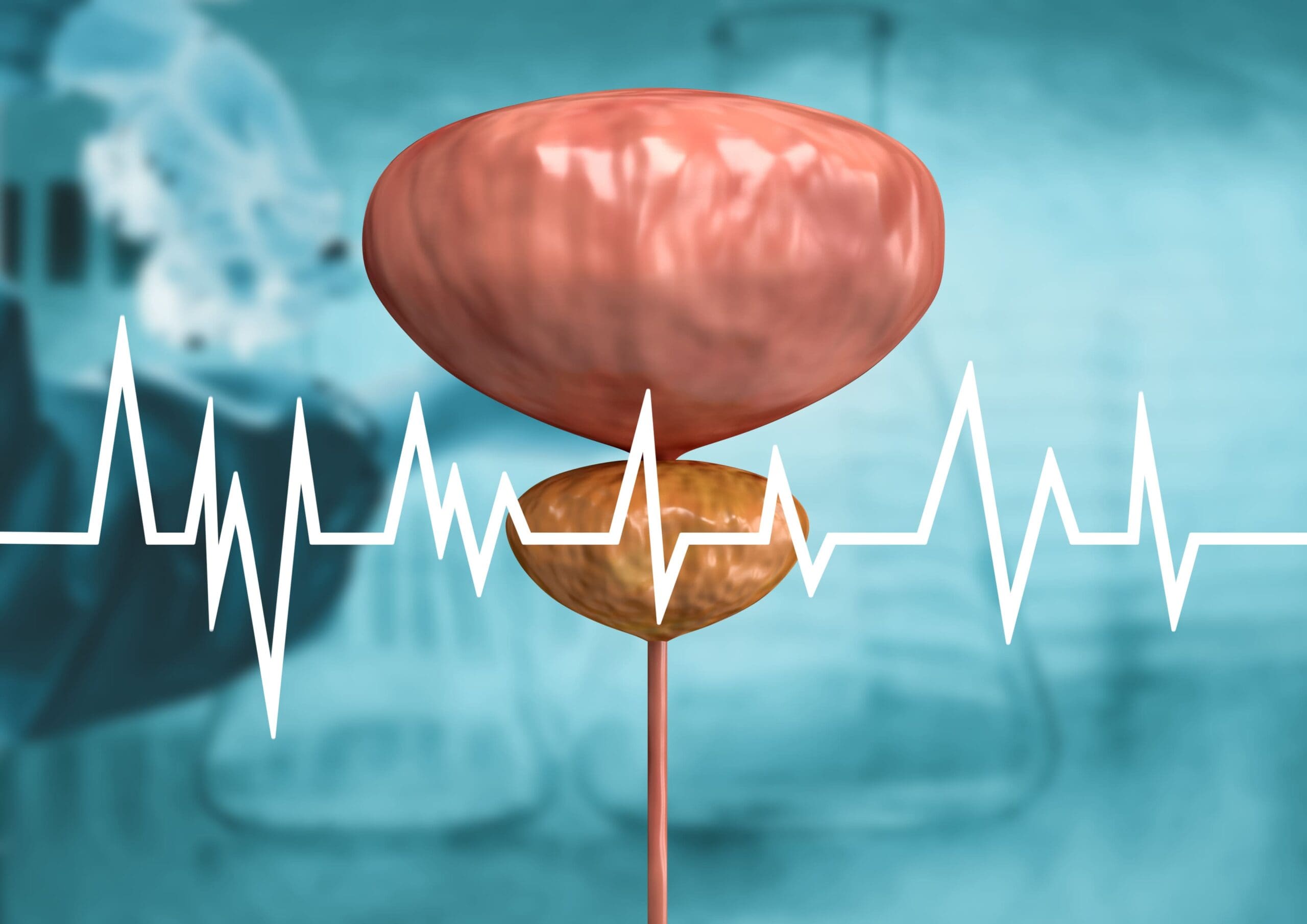
We Are Your Best Prostate Doctors
Call for an Appointment

Life After the Lift (UroLift) is Great!
For many men, an enlarged prostate can make life miserable. The urgent need to go, urinating more frequently than normal, a weak urinary stream, difficulty starting and stopping—they’re all symptoms of BPH. Find out how the UroLift is helping men get their life back.

